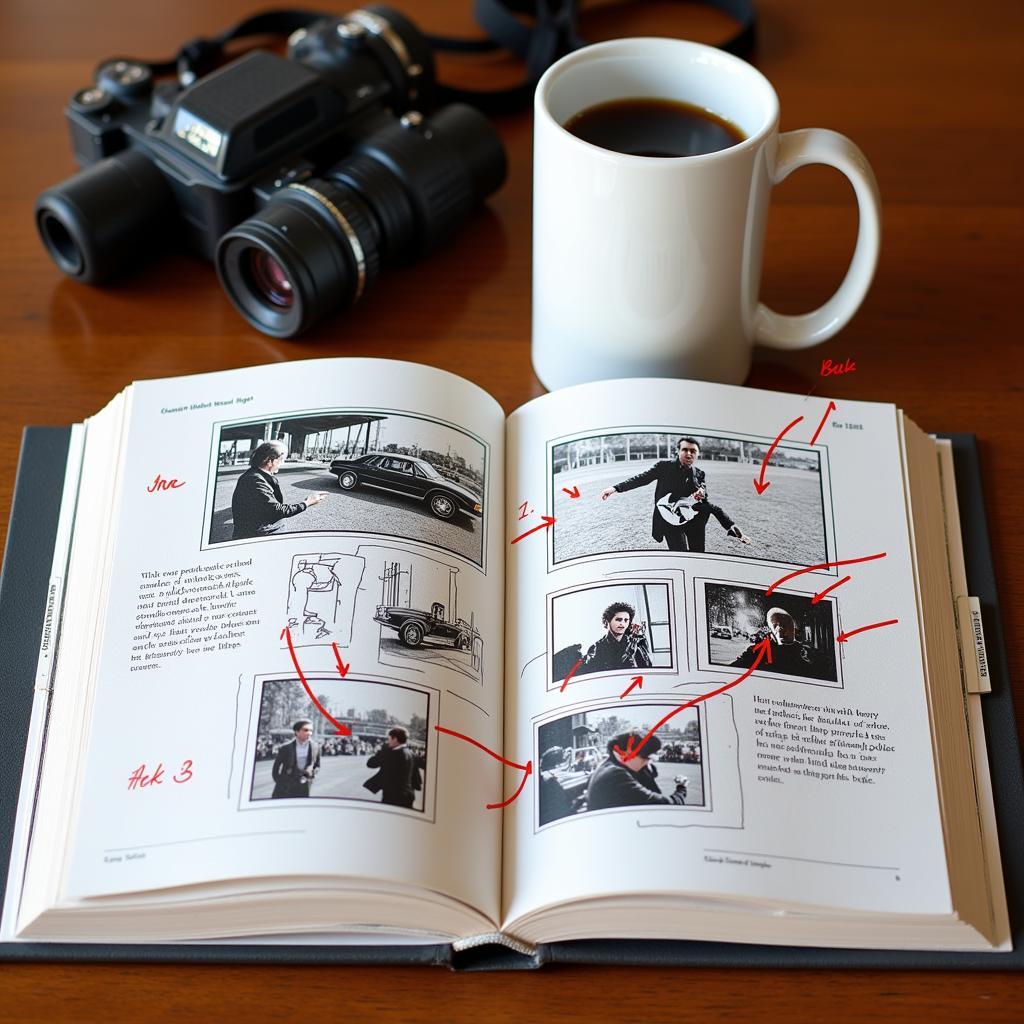Unleashing Creativity: Mastering the Chamois Art Tool
The Chamois Art Tool: a staple in the studios of artists for centuries, valued for its versatility and unique ability to enhance artistic creations. Whether you’re a seasoned professional or just starting your artistic journey, understanding the power of the chamois can significantly elevate your work.
What Exactly is a Chamois Art Tool?
Crafted from the supple, absorbent hide of the chamois goat, this tool is renowned for its exceptional softness and ability to hold a surprising amount of liquid. While traditionally used for blending and softening charcoal and pastel drawings, the chamois art tool has evolved to find its place in a variety of art forms, including painting, airbrushing, and even calligraphy.
The Allure of the Chamois: Why Artists Swear By It
What makes the chamois art tool stand out from other blending tools is its unique texture and natural properties. Its soft, almost velvety surface allows for seamless blending and softening, creating subtle gradients and smooth transitions between colors. Unlike cloth rags or paper towels, the chamois doesn’t leave behind lint or fibers, ensuring a pristine finish to your artwork.
Exploring the Diverse Applications of the Chamois Art Tool
While renowned for its use in dry media like charcoal and pastel, the chamois art tool extends its versatility far beyond. Let’s explore some of its diverse applications:
1. Creating Ethereal Effects in Watercolor
The chamois’s absorbent nature makes it ideal for lifting excess water and pigment in watercolor paintings, allowing for the creation of unique textures and soft washes. It can also be used to soften hard edges, blend colors seamlessly, and even create cloud-like effects.
2. Achieving Smooth Transitions in Acrylics
In acrylic painting, the chamois proves invaluable for blending and smoothing out brushstrokes, resulting in a polished and refined finish. Its ability to absorb excess paint also helps prevent muddy colors, allowing for vibrant and luminous artwork.
3. Enhancing Realism in Oil Painting
Even in the world of oil painting, the chamois finds its niche. It can be used to apply thin layers of paint, creating subtle glazes that add depth and luminosity to the artwork. Furthermore, its soft texture is ideal for blending and softening edges, enhancing the overall realism of the painting.
Caring for Your Chamois Art Tool: Tips for Longevity
To ensure the longevity and optimal performance of your chamois art tool, proper care is crucial. Here are some essential tips:
- Handwashing is Key: Avoid using harsh detergents or machine washing. Instead, gently handwash your chamois with mild soap and lukewarm water.
- Air Dry Naturally: Allow your chamois to air dry naturally, away from direct sunlight or heat sources, to prevent stiffness.
- Storage Matters: Store your clean and dry chamois flat or loosely rolled to maintain its shape and prevent creasing.
Conclusion
The chamois art tool, with its rich history and diverse applications, remains an indispensable asset for artists across various disciplines. Its ability to enhance blending, softening, and creating unique effects makes it a valuable companion in any artist’s toolkit. By embracing the chamois and its capabilities, you unlock a world of creative possibilities and elevate your artistic journey to new heights.

